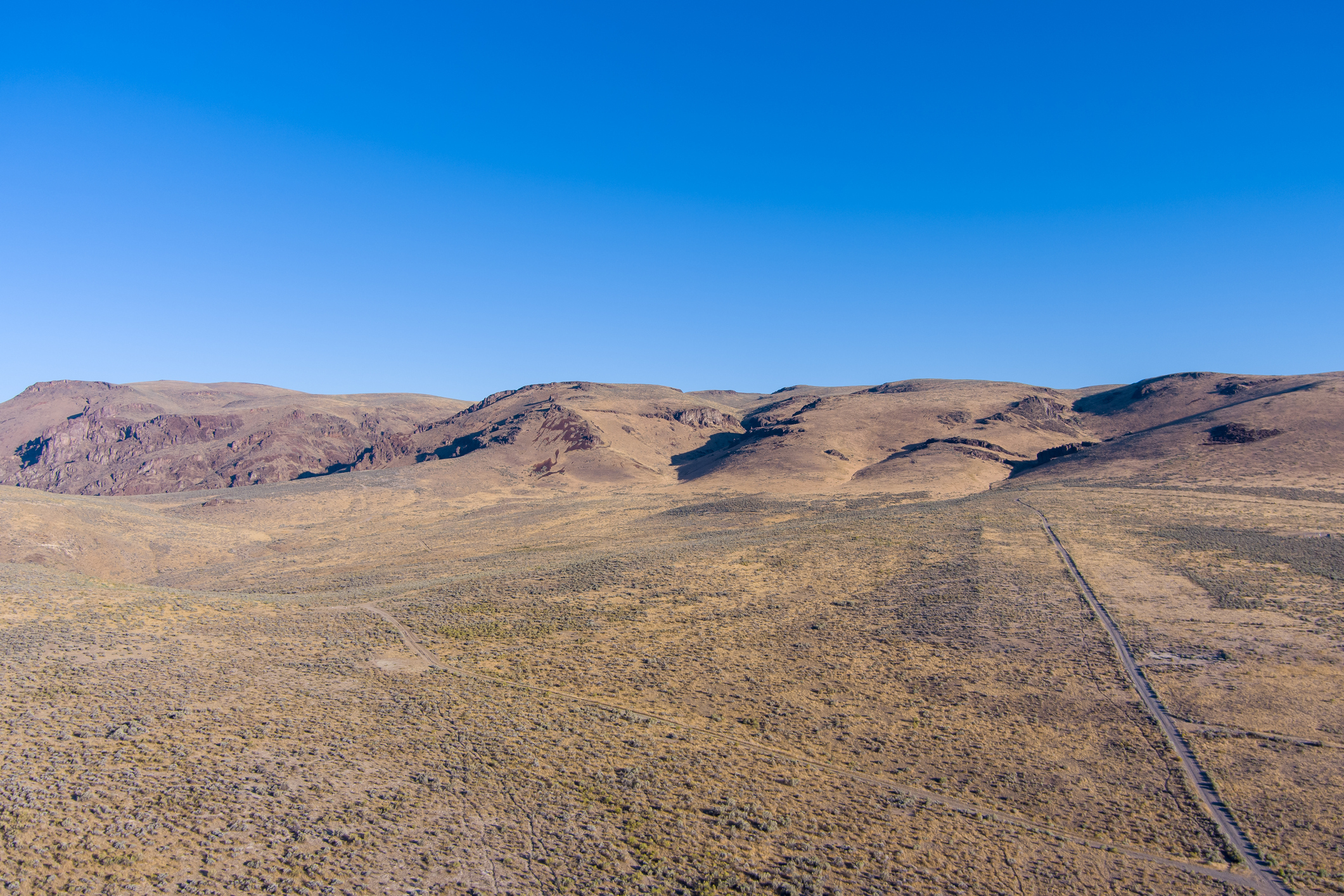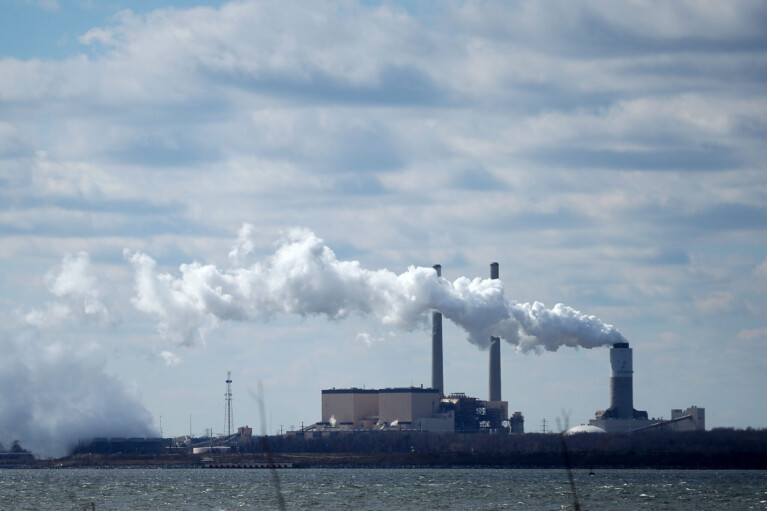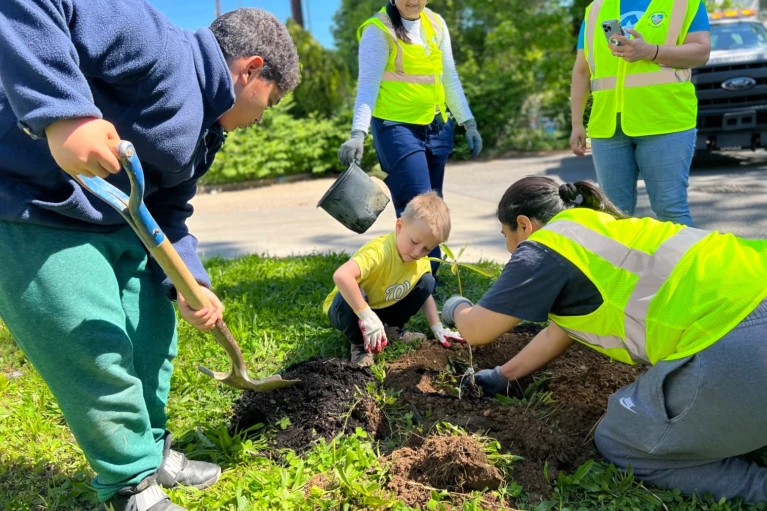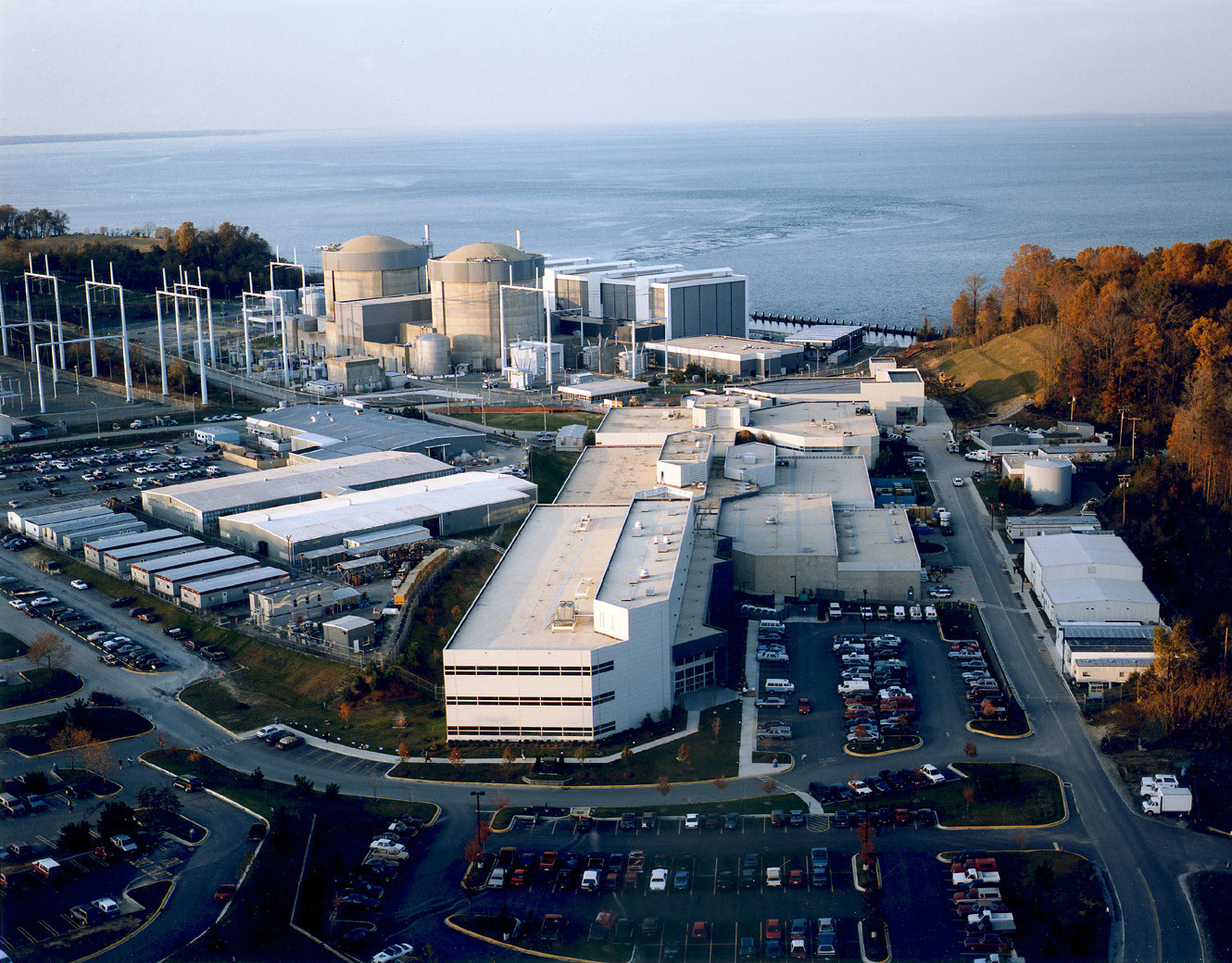Decarbonization ambitions ignite debate over mining, permitting

The decarbonized, electrified future envisioned by the Biden administration, state governments, automakers, utility companies and corporate sustainability goals depends to a huge degree on minerals and metals.
Lots more lithium will be needed for car and truck batteries, as well as the big banks of batteries that are increasingly popping onto the electric grid to balance the intermittent availability of wind and solar power. Those batteries, as well as wind turbines and solar panels, also need copper, cobalt,, nickel, zinc and “rare earth” elements used in electric car motors and other clean technologies, among other materials.
The problem is that not enough of those materials are mined in the United States or other friendly countries to meet the projected demands of a decarbonizing nation. At present, China dominates the market for most battery raw materials, for example, which “presents geopolitical and environmental risks,” per a presentation on May 10 by S&P Global on challenges facing the global battery sector.
”This is part of what the legislative environment is gearing up to help us counter,” said Graham Evans, an S&P Global research director focused on auto supply chain and technology. “We don’t want to be too heavily reliant on any one country.”
But even as new federal legislation, like the Inflation Reduction Act and the bipartisan infrastructure law, created big incentives for renewable power, electric vehicles and production tax credits for critical minerals, mining operations still under development in Nevada, North Carolina, Minnesota and Arizona, among other locations, haven’t exactly been met with open arms.
And mining organizations and renewable trade groups say that long permitting timelines and litigation delays for mining projects are incompatible with the urgent demand for materials needed to decarbonize the economy.
‘You need the natural resources’
That dynamic has, in part, led to some clean energy groups joining with traditional industry, fossil fuel interests and their allies in Congress in a push for permitting reform that’s emerged as part of the deal between President Biden and congressional Republicans to raise the debt limit that won final passage in the U.S. Senate Thursday night. In the wake of a controversial federal court decision involving an Arizona copper mine project, there’s also separate bipartisan legislation in the Senate to clarify rules around where mining-support activities like waste or processing can take place on federal land.
“You need the supply chains, you need the natural resources. … We don’t do that unless we do more domestic production,” said Harrison Godfrey, managing director at Advanced Energy United, a clean energy trade group.
“We need permitting reform if we’re going to undertake this mining. We think you can maintain reasonable environmental regulations and move forward around this. … Our permitting regime has been misused to try and stop anything and everything really in excess of what’s reasonable to protect the environment and communities.”
Numerous environmental groups, though, have blasted the debt ceiling deal, which includes provisions intended to get the contentious Mountain Valley Pipeline — a natural gas project through West Virginia and Virginia that has been plagued by environmental violations and seen numerous critical permits tossed out by federal courts — over the finish line.
They also assailed attempts to streamline the National Environmental Policy Act (NEPA) in order to speed projects up. The Sierra Club urged Congress to reject it while the Center for Biological Diversity called it “an injustice and moral failure to have to choose between defaulting on our national debt or bankrupting the health of people and the planet.”
‘Benign neglect’
Mark Compton, executive director the American Exploration and Mining Association, a trade group, said there’s been a long history of “benign neglect” of the American mining industry that has resulted in a dependence on foreign sources, a problem that’s been underscored by the fallout from the Russian invasion of Ukraine and the global pandemic.
“To decarbonize our economy is causing a demand increase in minerals that really is staggering,” he said. “The supply chain issues have really come to the forefront.”
Compton said new American mining projects average seven to 10 years to make it through the permitting stages, compared to two to three years in Canada and Australia, which have comparable environmental protections.
“We’re not talking about needing to lower environmental standards,” he said. “The environmental standards, the regulations that are in place, that’s not the problem. It’s really an inefficient and often duplicative permitting process through NEPA that simply takes longer than it has to.”
The permitting process is only part of the picture, he added. Most hard-rock mining, Compton said, happens on federal lands in the western U.S. About half of it is currently off limits to mining.
“Minerals are located where they are and we can’t move them,” he said, noting that economically viable pockets are rare. “We have to have access to federal lands to be able to develop and explore for minerals.”
Allowing mining on public lands, however, can be extremely fraught, as in the case of the long-contested Twin Metals project in the Superior National Forest in Minnesota. “Copper for wind power and broadband networks. Nickel for electric cars and medical devices,” the company website says. “Cobalt for smart phones and batteries. The world demands more and more metals every day. The minerals we have in Minnesota can help supply this demand.”
But environmental groups have warned the deposits lie too close for comfort to the Boundary Waters area, which the state tourism office calls “one of America’s most beautiful and remote places.” The Sierra Club says on its website that “there is currently no sulfide mine in existence that is not polluting the groundwater.” And in January, the Biden administration imposed a 20-year mining ban on 225,000 acres of federal land near the wilderness area.
Twin Metals said it was “stunned.”
“This region sits on top of one of the world’s largest deposits of critical minerals that are vital in meeting our nation’s goals to transition to a clean energy future, to create American jobs, to strengthen our national security and to bolster domestic supply chains,” the company said in a statement.
There are also major concerns over irreversible impacts to Native American sites, as in the case of the Lithium Americas project in Thacker Pass, Nevada, where the project has divided tribal communities and sparked protests and litigation, and the Resolution copper mine project in Arizona. According to Morgan Stanley Capital International, 97% of nickel, 89% of copper, 79% of lithium and 68% of cobalt reserves and resources in the U.S. are located within 35 miles of Native American reservations.
Compton acknowledged that past practices have created a reputation problem for the mining industry.
“It is true that mining projects meet a lot of resistance. I think that stems from a long history of mining in this country before we as a nation even thought about environmental laws or regulations,” he said, though he added that today’s industry is highly regulated and the most “environmentally responsible in the world.”
How much to mine?
However, even modern mining, of course, is inherently destructive. Open pit mining opens vast holes in the ground, creates huge quantities of waste rock that must be managed and potential water contamination problems from processing, seepage from tailings, which consist of the rock, chemicals and other waste products remaining after extraction, and acid rock drainage. There is also loss of wildlife habitat. Although there are efforts to produce, for example, lithium in new and more sustainable ways, the race for crucial minerals and metals has prompted some to question the eagerness for more extraction.
“Large-scale mining entails social and environmental harm, in many cases irreversibly damaging landscapes without the consent of affected communities,” says a January report from the University of California-Davis’ Climate and Community Project, which recommends achieving zero emissions and minimizing new mining by reducing car dependence, shrinking battery sizes and maximizing recycling.
“As societies undertake the urgent and transformative task of building new, zero-emissions energy systems, some level of mining is necessary,” the report says. “But the volume of extraction is not a given. Neither is where mining takes place, who bears the social and environmental burdens, or how mining is governed.”
Others see ensuring that a robust recycling and reuse chain comes with the new clean energy economy as key to reducing the impact of mining minerals. CNBC reported last month that a growing number of start up businesses are getting to work on solar, wind and battery recycling operations.
“Over the medium-to-long-term, the development of domestic recycling and reuse sectors will not only help to mitigate the need for new critical mineral production but will also help reduce our reliance on geostrategic competitors for these resources and technologies,” Advanced Energy Economy says in a policy paper.
Max Wilbert, an environmental activist who had helped organize a protest camp at the Thacker Pass site in Nevada, favors what many consider a radical “degrowth” solution to climate change, pollution and ecological collapse rather than trying to maintain current lifestyles with new sources of power that come with their own environmental problems.
“Some people might say that’s a dream,” he said. “I think the real dream is trying to maintain the status quo with a new energy source.”




 Creative Commons Attribution
Creative Commons Attribution